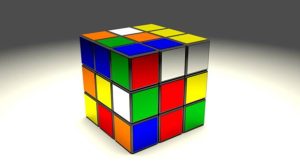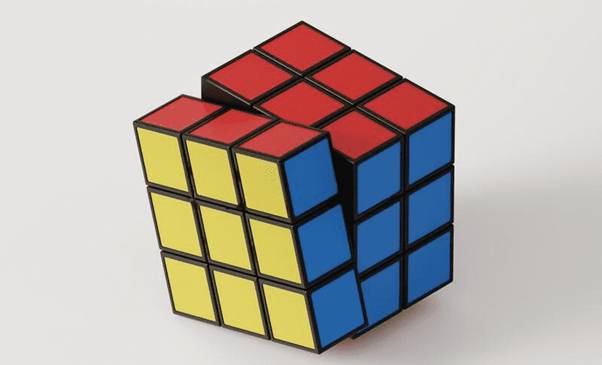Cube puzzles have been around for several decades now, providing a fun and challenging activity for people of all ages. From the classic Rubik’s Cube to the more recent infinity cube, these puzzles have captured the imagination of millions of people around the world. While these puzzles can seem overwhelming at first, the truth is that there are certain tricks and techniques that you can use to solve them more easily. In this article, we will explore the secrets behind solving cube puzzles and how you can improve your skills.
The Art of Solving Cube Puzzles:
The key to solving a cube puzzle is to understand the mechanics of how the pieces move and interact with each other. This can be a difficult concept to grasp at first, but with practice, it becomes easier. One of the most important things to keep in mind is that you should always be looking for patterns and connections between the pieces. This will help you to see how different moves affect the puzzle as a whole and will make it easier for you to solve.
One of the best ways to improve your cube-solving skills is to study the algorithms that are used to solve the puzzle cube. Algorithms are sequences of moves that have been designed to solve a specific problem or challenge. There are many different algorithms that you can learn, each with its own set of steps and rules. By studying these algorithms and practicing them over time, you will be able to improve your ability to solve cube puzzles quickly and efficiently.
Tricks for Solving Cube Puzzles:

Solving cube puzzles can be a challenge for many, but with the right techniques, it becomes a fun and engaging activity. Here are some of the tricks to solving cube puzzles:
- Understanding the mechanics of the puzzle: Before attempting to solve the puzzle, it’s important to understand the mechanism that allows the puzzle pieces to move. This will help you determine how to approach solving the puzzle and what strategies to use.
- Breaking down the puzzle into smaller parts: Another trick to solving cube puzzles is to break them down into smaller parts. This can be done by dividing the puzzle into sections or by focusing on solving one piece at a time. This technique helps to reduce the complexity of the puzzle and makes it easier to solve.
- Visualizing the end goal: It’s important to have a clear image of what the final solved puzzle should look like. This can be done by studying the solved puzzle or by using a diagram or a model. Having a clear visual goal in mind helps to keep you motivated and focused as you work towards solving the puzzle.
- Using algorithms: Another effective trick to solving cube puzzles is to use algorithms. An algorithm is a set of steps or instructions that can be followed to achieve a desired result. In the case of cube puzzles, algorithms can be used to move the puzzle pieces into their correct position.
- Practicing regularly: Solving cube puzzles requires a certain level of skill and dexterity, and the best way to develop these skills is by practicing regularly. Whether you’re trying to solve a 2×2 Rubik’s cube or an Infinity cube, the more you practice, the better you will get.
In conclusion, solving cube puzzles can be a fun and challenging activity, and with the right tricks, it can be mastered by anyone. Whether you’re a beginner or an experienced puzzle solver, these tips will help you solve any cube puzzle with ease.
Role of Critical Thinking in cube puzzle:
Solving cube puzzles also requires critical thinking skills. As you work through the puzzle, you’ll need to be able to identify patterns, analyze situations, and find creative solutions. By challenging yourself in this way, you’ll be able to develop your critical thinking skills and be better equipped to solve complex problems in your everyday life.
Conclusion:
Cube puzzles can be a fun and challenging activity for people of all ages. However, they can also be intimidating, especially for those who are just starting out. The key to solving a cube puzzle is to understand the mechanics of how the pieces move and interact with each other, as well as to study the algorithms that are used to solve the puzzle. With patience, consistency, and practice, anyone can become skilled at solving these challenging and rewarding puzzles.







